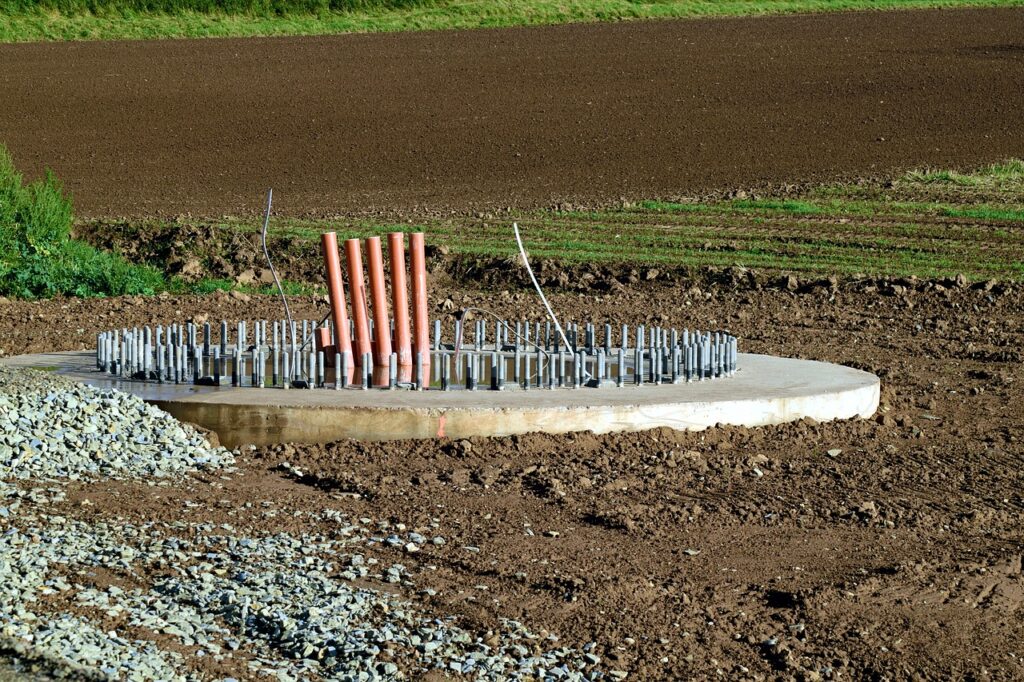Economics Minister Habeck wants to massively accelerate the expansion of renewable energies in order to achieve the specified climate protection goals. The war in Ukraine now adds the argument of independence from Russian energy sources. This is why Economics Minister Robert Habeck is pushing for the expansion of PV plants and wind turbines. However, a lot of material is needed to produce them. This means that the energy transition is eating up a large part of our resources.
Expansion of renewables requires large quantities of different materials
The construction of wind turbines eats up large quantities of concrete and steel for the foundations and towers for the generators. The generators themselves require large amounts of manganese, nickel, molybdenum and copper, among many other materials. In addition, large quantities of silicon, silver and indium are needed for the production of PV systems. In addition, there is aluminium for the frames and support systems.

Material requirements in relation to electricity generation higher than for nuclear power plants
A team of researchers at the University of Natural Resources and Applied Life Sciences in Vienna has now calculated how much material the energy transition requires. The result: the construction of the necessary wind or solar farms is much more resource-intensive in relation to the energy generated later than the construction of new coal or nuclear power plants.
In addition, the required materials such as iron, steel, copper, aluminium and concrete account for about one seventh of global CO₂ emissions. In order to achieve the climate target of 1.5 °C, the plants required for this would eat up ten per cent of iron, 20 per cent of aluminium and 30 per cent of global copper production by 2050.
Expansion of renewables requires 10 percent of the remaining CO₂ budget
However, to achieve the climate target, a total of only 400 billion tonnes of CO₂ should be emitted by 2050. The materials required for the energy transition, such as steel, cement and aluminium, cannot be produced in a climate-neutral way for a long time yet. Therefore, according to the study, ten percent of the remaining CO₂ budget would be required to build the plants for the energy transition.
Resource consumption for electric vehicles and heat pumps not yet taken into account
In addition, there is also the resource demand for the expansion of e-mobility and heating systems with heat pumps, which have a similar resource balance. The resources required for this have not even been taken into account yet.
